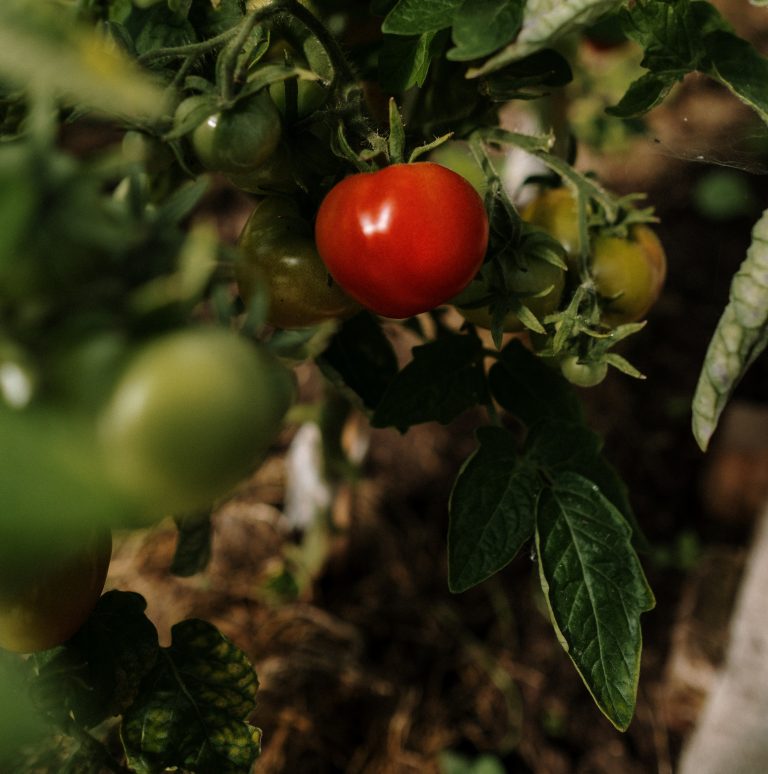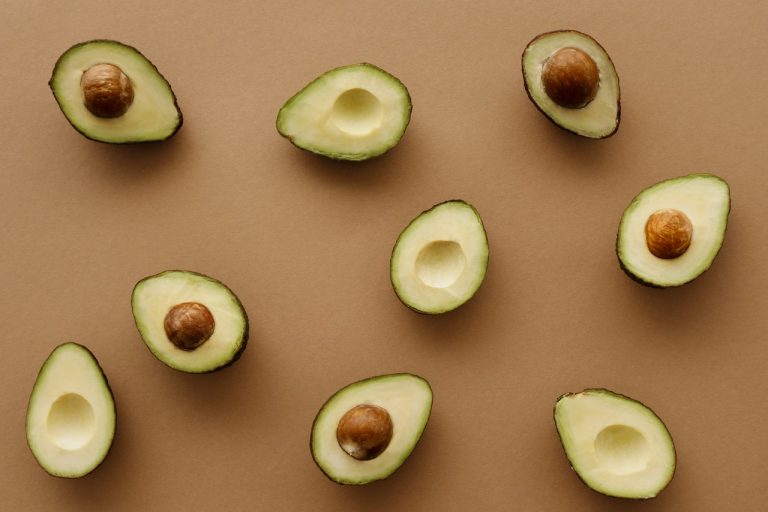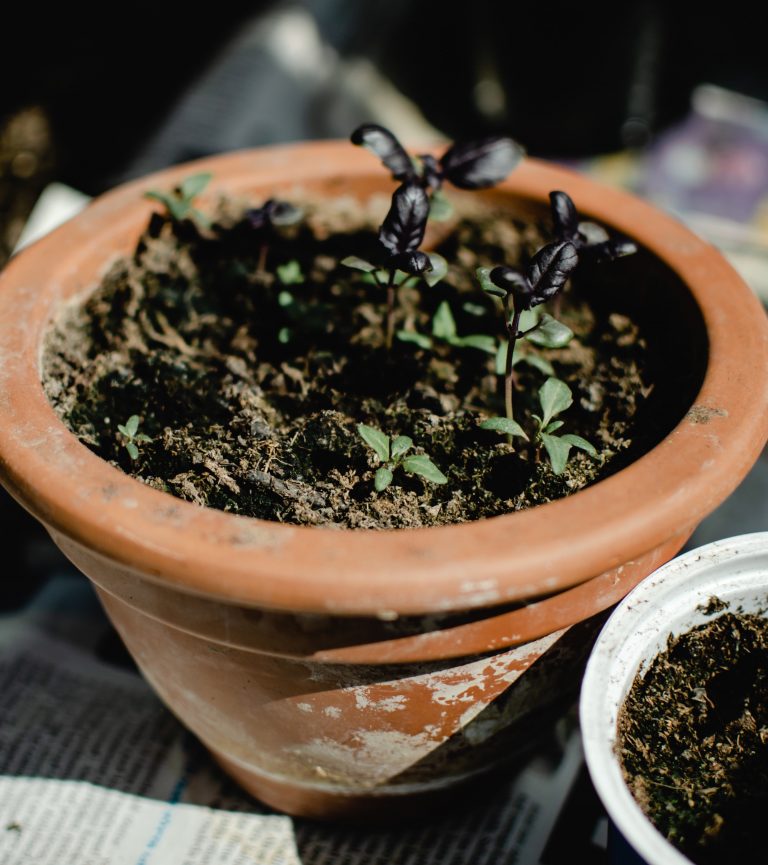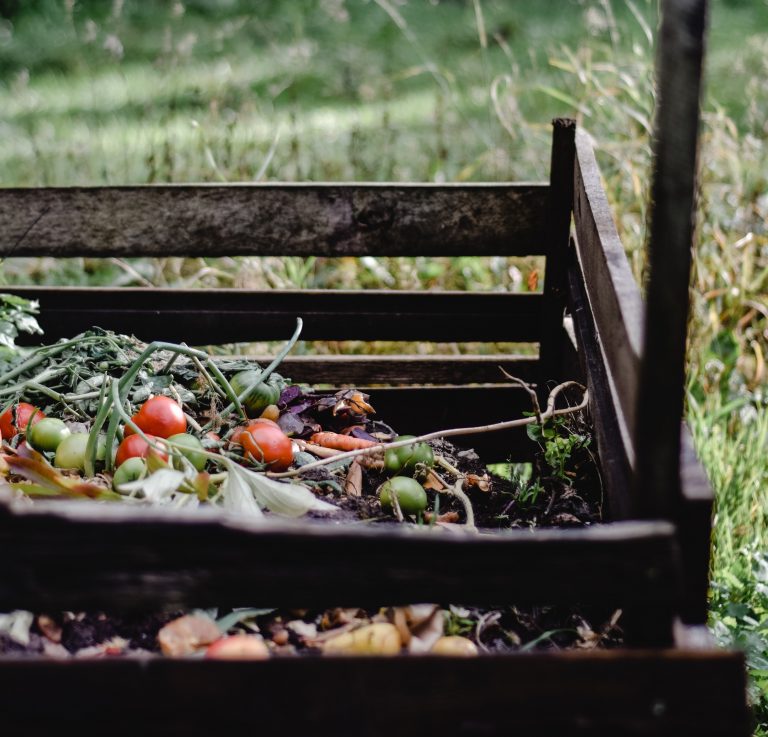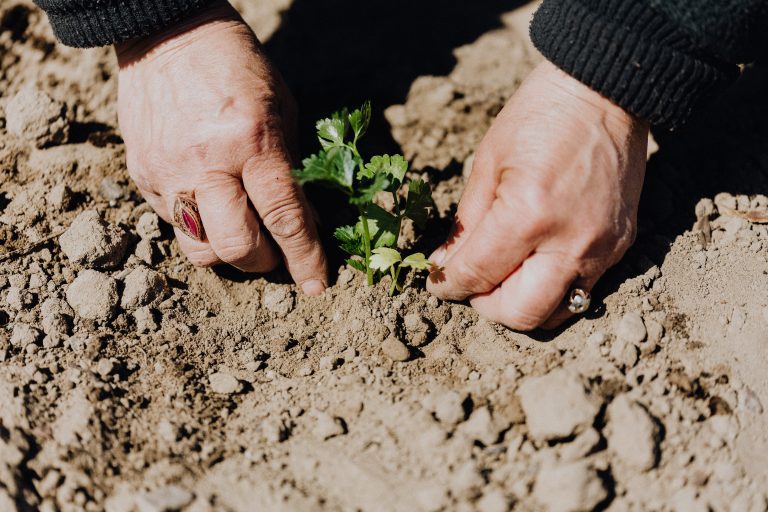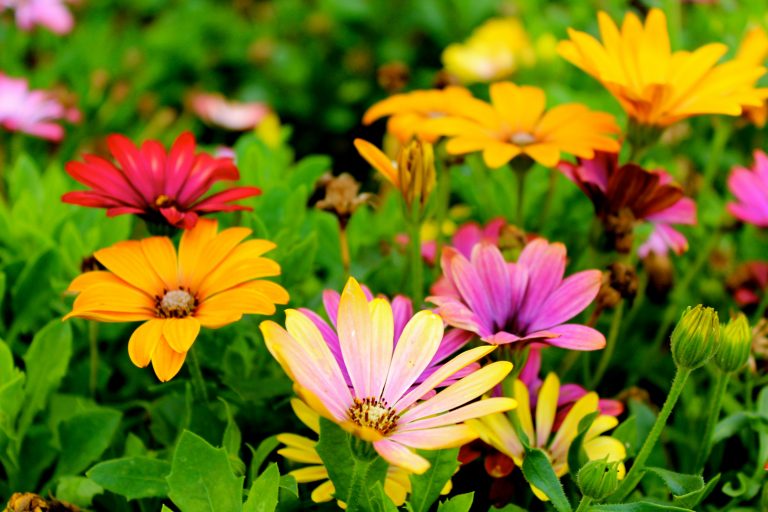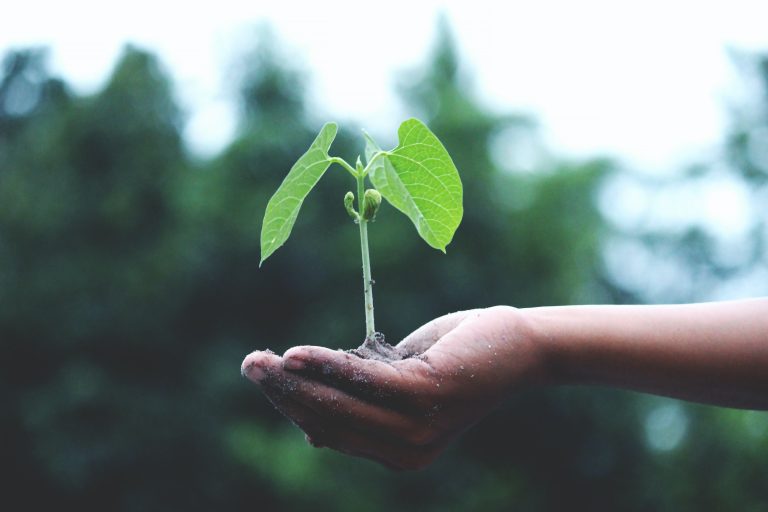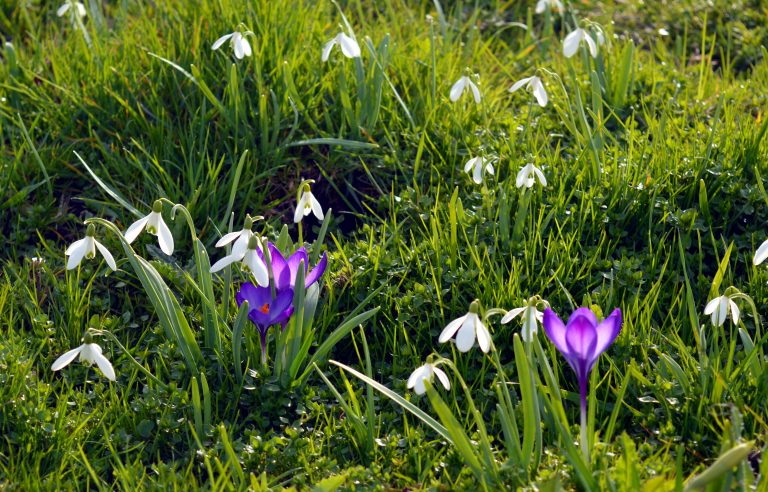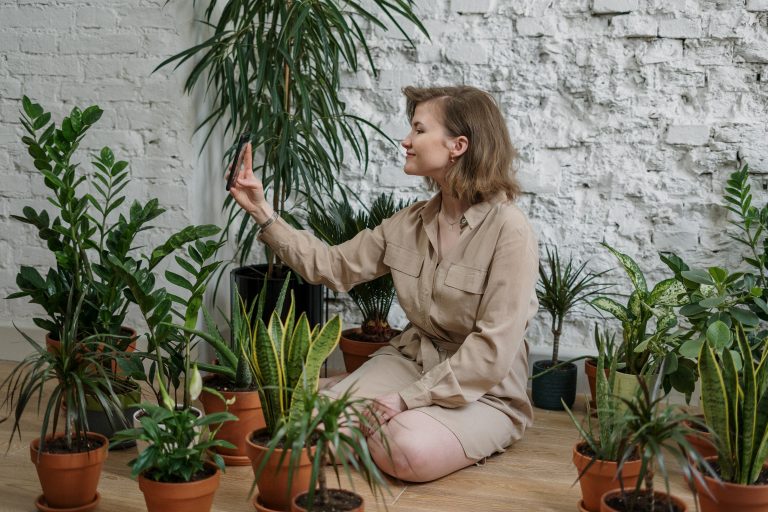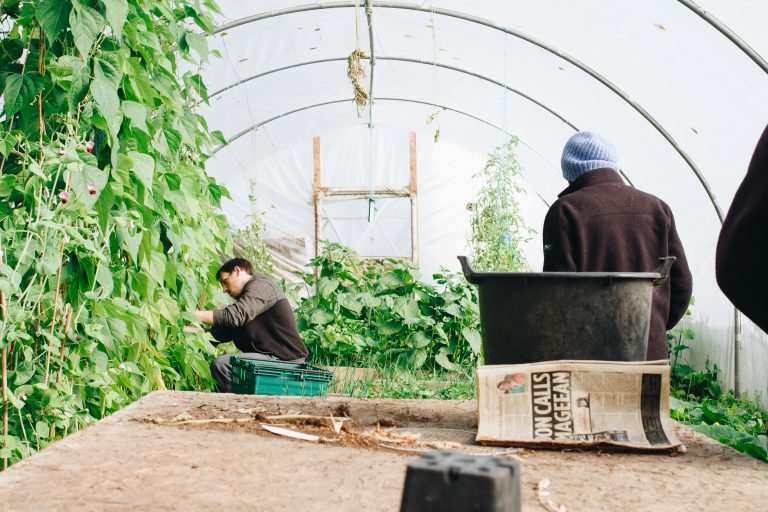When I started gardening over a decade ago, I was so excited to grow things that I would cram many seedlings into tiny spaces. My first garden was my pride and joy, but looking back on it, I made so many mistakes. Mistakes are good! They help you learn. But some of them are entirely…
2 Different Ways To Start An Avocado Seed
People love to put avocados on everything. I’m as much an avocado fanatic as the next person, but they don’t come cheap. Here’s how to start an avocado seed at home. Growing avocados at home I’ll be upfront with you. Growing an avocado tree takes time and patience. And it’s not a task suited…
7 Plants You Can Direct Seed
Recently, I’ve mentioned that this year I just don’t have the bandwidth to garden like I usually do. But that doesn’t mean I’m completely abandoning my favorite hobby. Although I didn’t start seedlings indoors, I still have a vast collection of seeds at my disposal, and I’ve already started sketching a plan for what…
10 Household Items That Can Be Composted (and 5 That Can’t)
Composting household items is the most efficient way to create nutrient gold for your garden. If you can use up what you have on hand, you can save money and reduce the amount of waste you create. So what can you toss into the compost bin? Here are ten household items you can compost….
A Frugal Gardener Is a Patient Gardener
Spring has sprung! Kind of. Last week where I am in zone 5 Canada, we were hit with a surprise snowstorm. Many people expected a light dusting and for the snow to melt right away, but it stuck around for several days. I know at least one gardener who got a nasty surprise when the…
Go With The Flow Gardening
Spring is here! I remember at this time last year, we were at the start of this pandemic and I was so excited to start the gardening season. It was too cold to start planting, but I had a ton of stuff started in my basement, and I was slowly starting to harden things off….
10 Top Reasons Why Seeds Don’t Germinate
There are a lot of reasons why seeds don’t germinate. Knowing what can go wrong is the first step in solving the problem. If you’re struggling to start seeds this spring, here are a few things to look out for. Why Aren’t Seeds Germinating? Here are a few common reasons why seeds don’t germinate….
How To Do A Spring Garden Clean-Up
It’s springtime! The season that signals to every gardener that it’s time to get started is here. In my neck of the woods, it’s also the ugliest time of year. I become tempted to start my spring garden clean-up right away, but I know that soon the buds from my maple trees will fall and…
Which Indoor Plants Purify Air?
Let’s get one thing straight. You probably won’t improve your home’s air quality by filling it with indoor plants that can purify the air. According to a National Geographic piece from 2019, houseplants won’t do much to clean your home’s air. Most of the advice about air-purifying houseplants comes from an old NASA study. In a…
The Importance of Crop Rotation
It’s that time of year again! Gardeners are starting to plan out the season. Usually, I spend this month sketching out a rough plan for my garden—taking crop rotation principles into account. I also start some seeds in my basement. This year, though, the pandemic has me changing up my plans. I’m giving my…
